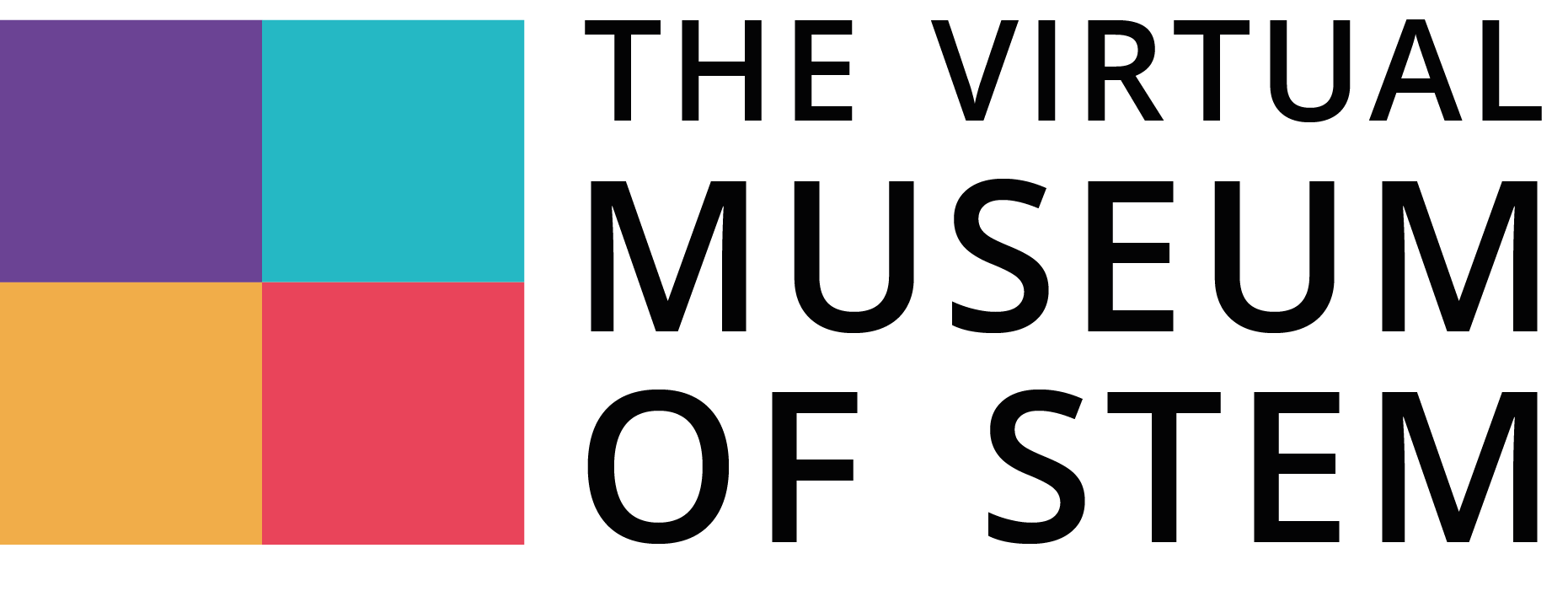Using technology to impact students’ creativity and motivation
The impact of ICT is transforming education, because schools have to prepare students to adapt for fast changes and skills needed for their future work and life. Education is shifting from a traditional pedagogy to a more creative education paradigm and technology can be an effective tool for students to develop 21st century skills. It brings various possibilities in teaching and can enhance students’ learning, motivation and creativity. Technology itself is viewed by some as inherently motivating because it provides a number of qualities that are recognized as important in the fostering of intrinsic motivation, namely challenge, curiosity, novelty and fantasy. Research shows that motivated learners are more likely to undertake challenging activities, be actively engaged, enjoy and adopt a deep approach to learning and exhibit enhanced performance, persistence and creativity. This can be supported by using technology and different online tools in teaching and learning like the virtual museums.

The connection between creativity and learning in the context of school becomes increasingly mediated by the use of technology, for both students and teachers, but it won’t make students automatically more creative. Technology plays a significant role in promoting creativity, and online applications have the potential to enable new ideas for fostering creativity. Considering easy access to information through technology, different tools and fun opportunities to explore and deepen understanding, it becomes challenging for teachers to foster the ability of students to develop new ideas and solutions. To nurture this ability in online learning, the teacher has to implement creative approaches to teaching and motivating students. By using virtual museums as a tool for learning, students are engaged and encouraged to develop independence and self-directed work. As an example, the Virtual Museum of STEM is designed to have an impact on motivation and to attract the attention of students by increasing their sense of autonomy, relatedness and competence. The virtual museum can help students to engage through visual elements, videos and interaction through an immersive learning experience, can give them feedback on their learning, respecting different learning styles and paces. Therefore, the museum can help students with special needs to acquire knowledge and can fill the gaps between different educational needs. Technology on its own will not motivate learners for long, but in combination with a good teacher, interesting activities and well-designed materials, like the Science, Advanced technology, Engineering and Mathematics collections in the Virtual Museum of STEM, it can play a significant role in keeping them engaged.

- Ryan, R. M., Deci, E. L. (2000). Self-determination theory and the facilitation of intrinsic motivation, social development, and well-being. American Psychologist, 55, 68-78.
- Kaufman, J. C., Luria, S. R., & Beghetto, R. A. (2018). Creativity. In S. I. Pfeiffer, E. Shaunessy-Dedrick, & M. Foley-Nicpon (Eds.), APA handbook of giftedness and talent (pp. 287–298). American Psychological Association. https://doi.org/10.1037/0000038-019
- Glaveanu, V. P., Ness, I. J., de Saint Laurent, C. (2020). Creativity, Learning and Technology: Opportunities, Challenges and New Hoizons. Creativity Research Journal, 32:1, 1-3 https://doi.org/10.1080/10400419.2020.1712167
- Hartnett, M. (2016). Motivation in Online Education. Springer.
- Jahnke, I. (2011): How to Foster Creativity in Technology Enhanced Learning. In B.White , I. King, & Ph. Tsang (Eds.), Social Media Tools and Platforms in Learning Environments: Present and Future. Springer. 95-116. http://dx.doi.org/10.1007/978-3-642-20392-3_6
- Kaur, S. (2013). Importance of ICT in Education for Gifted Students. Issues and Ideas in Education, Volume 1, Number 2, (211 – 218). https://doi.org/10.15415/iie.2013.12016
- Kontostavlou, E. Z., Drigas, A. S. (2019). The Use of Information and Communications Technology (I.C.T.) in Gifted Students. iJES ‒ Vol. 7, No. 2. https://doi.org/10.3991/ijes.v7i2.10815
- Nehme, M. (2010). E-Learning and Students’ Motivation. HeinOnline.
- Zimlich, S. L. (2015). Using technology in gifted and talented education classrooms: The teachers’ perspective. Journal of Information Technology Education: Innovations in Practice, 14, 101-124. http://www.jite.org/documents/Vol14/JITEv14IIPp101-124Zimlich0846.pdf
